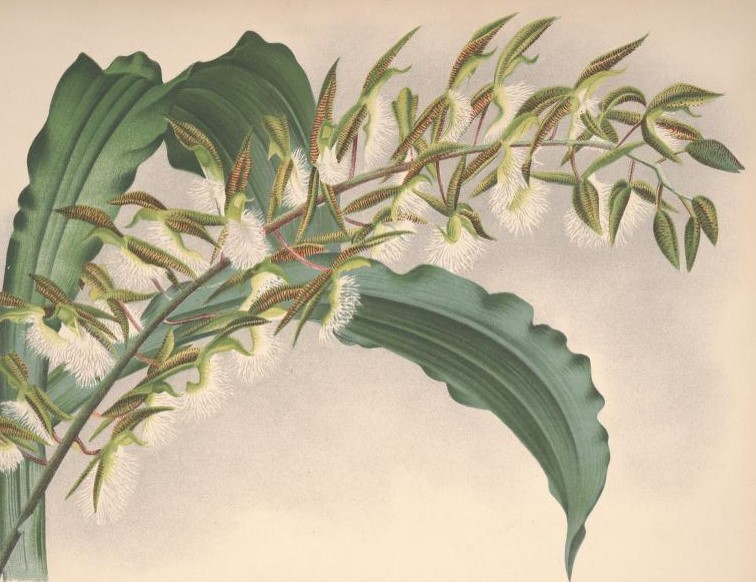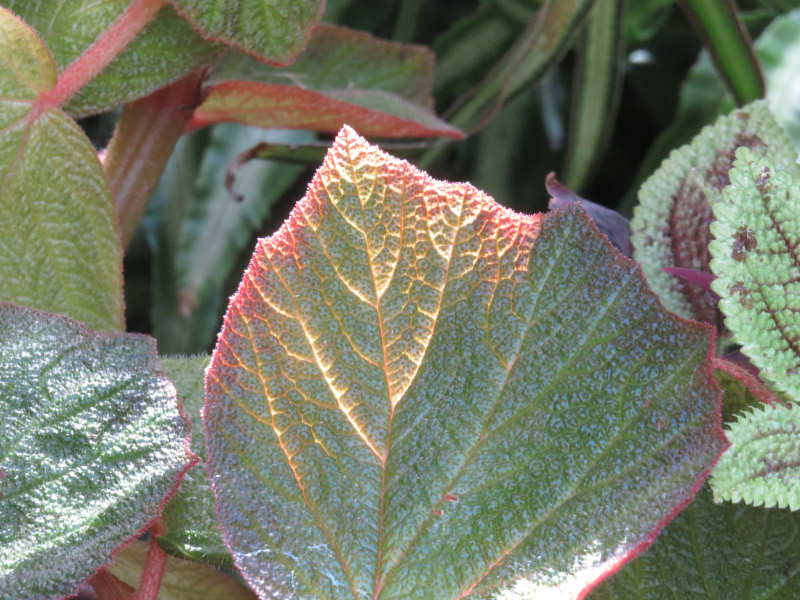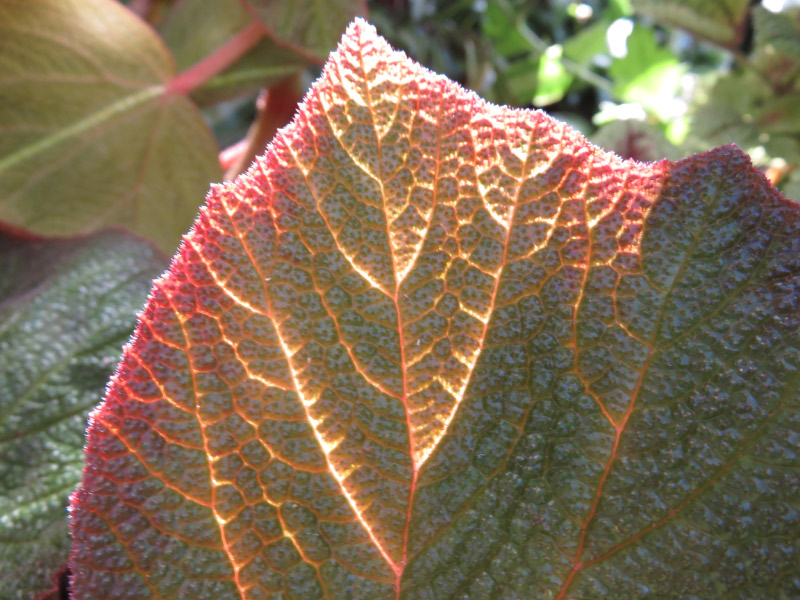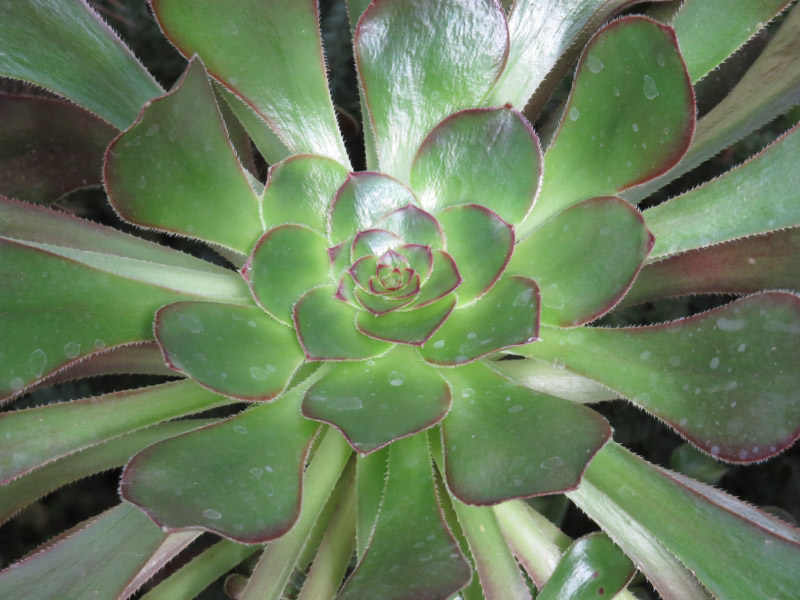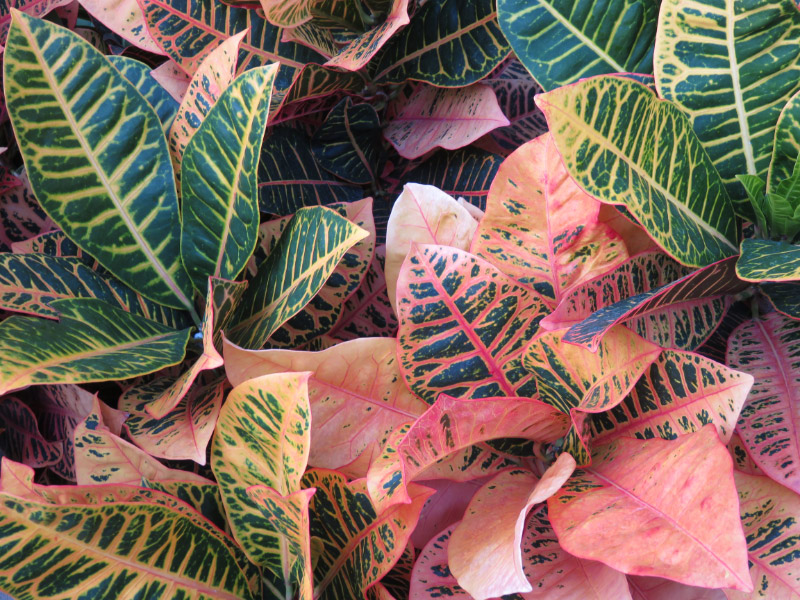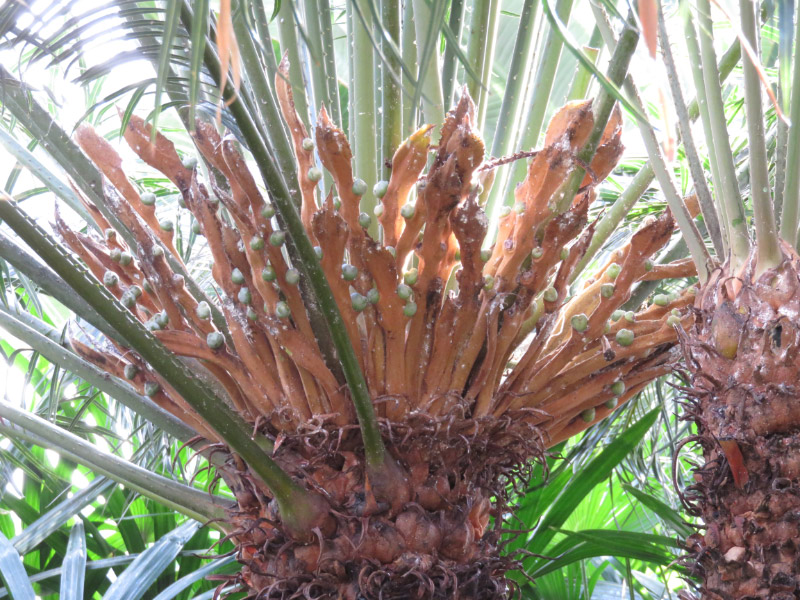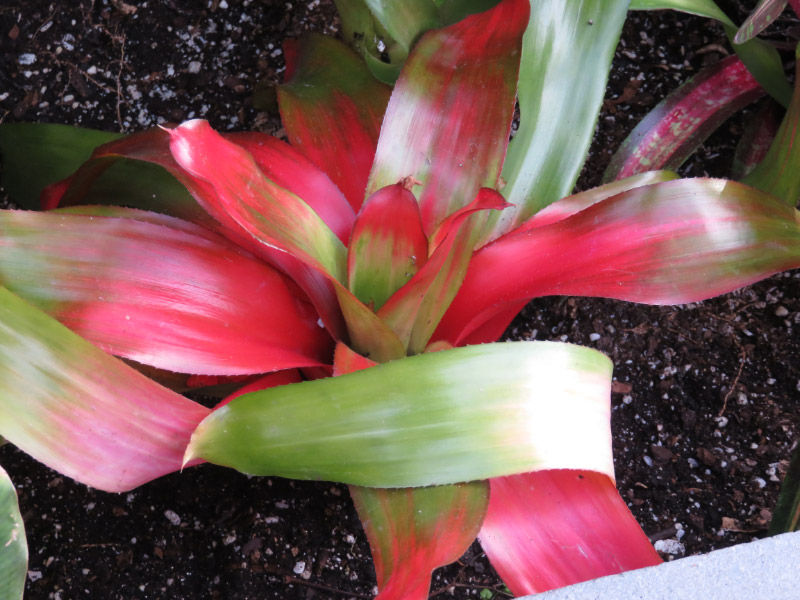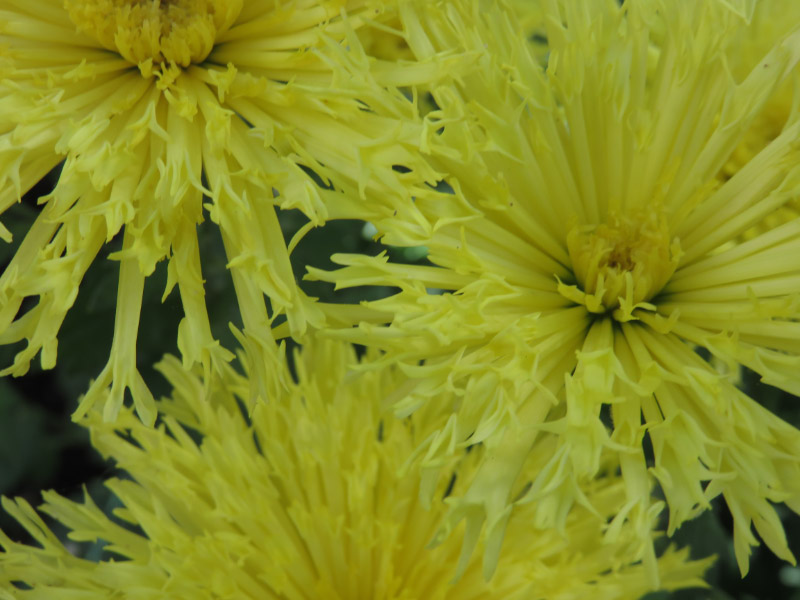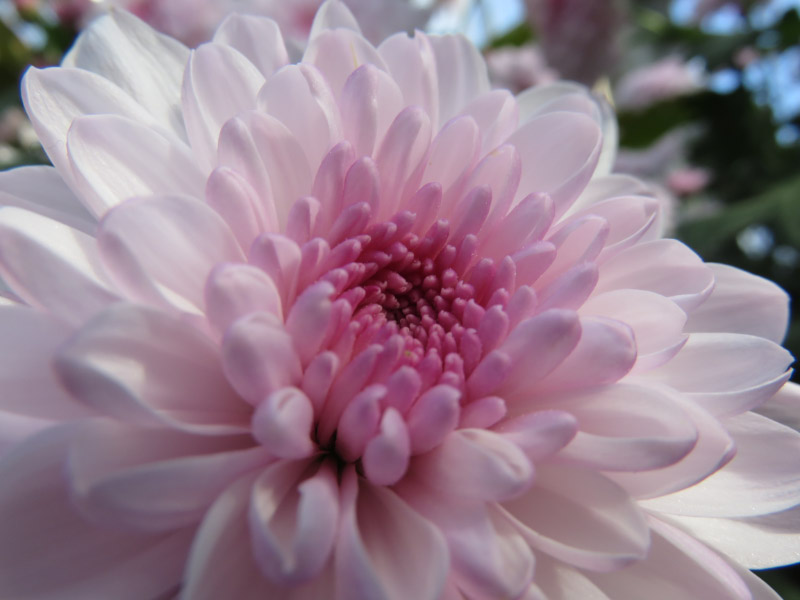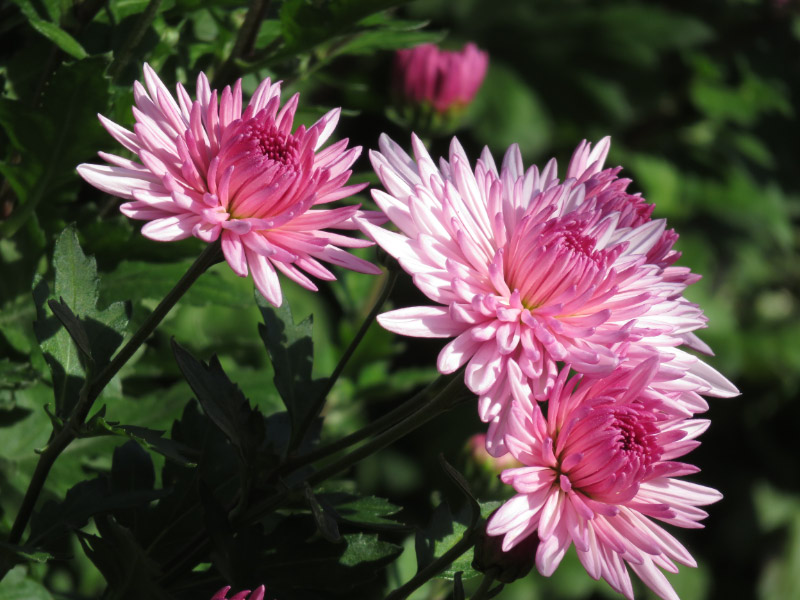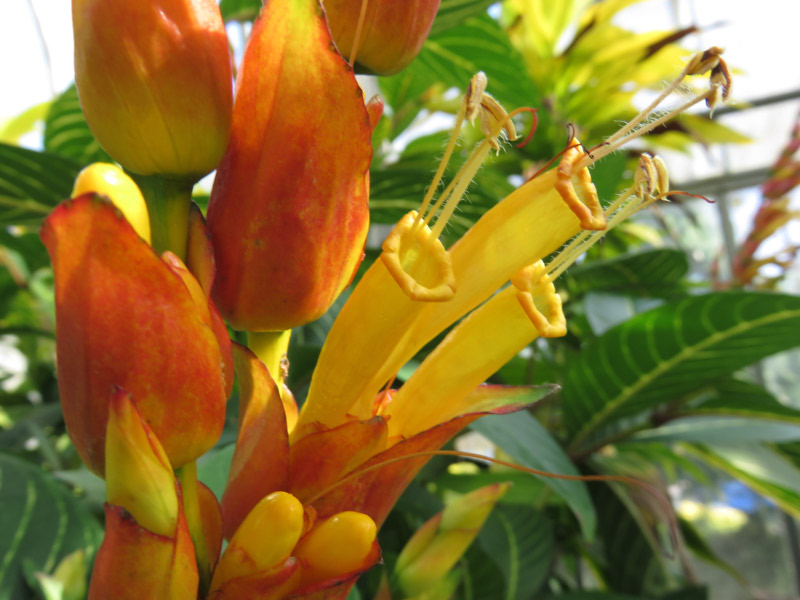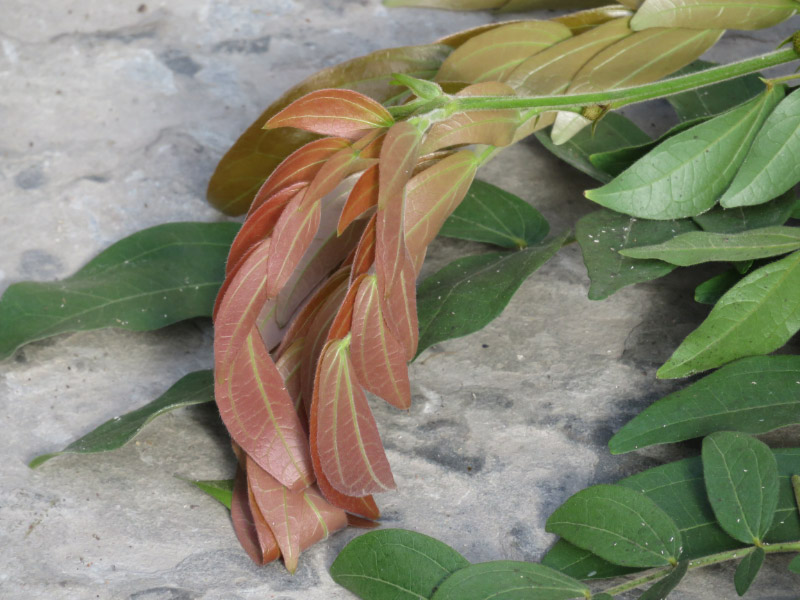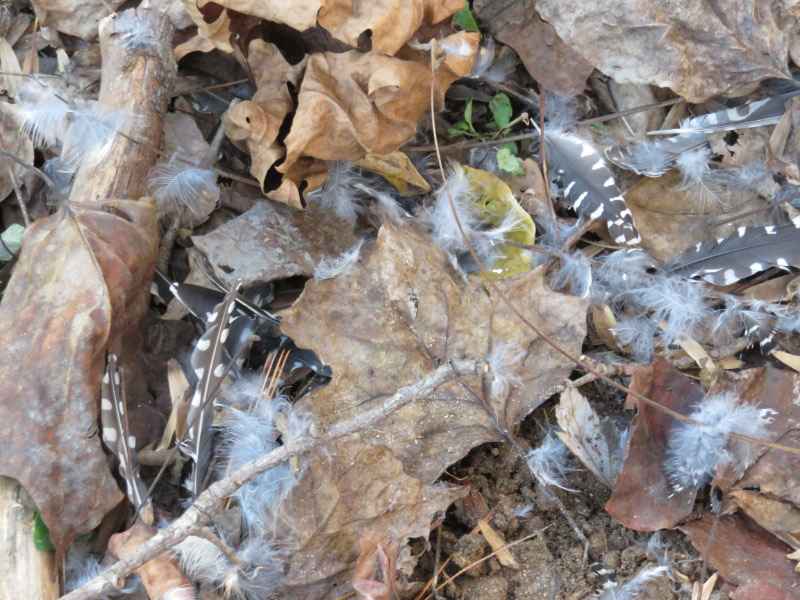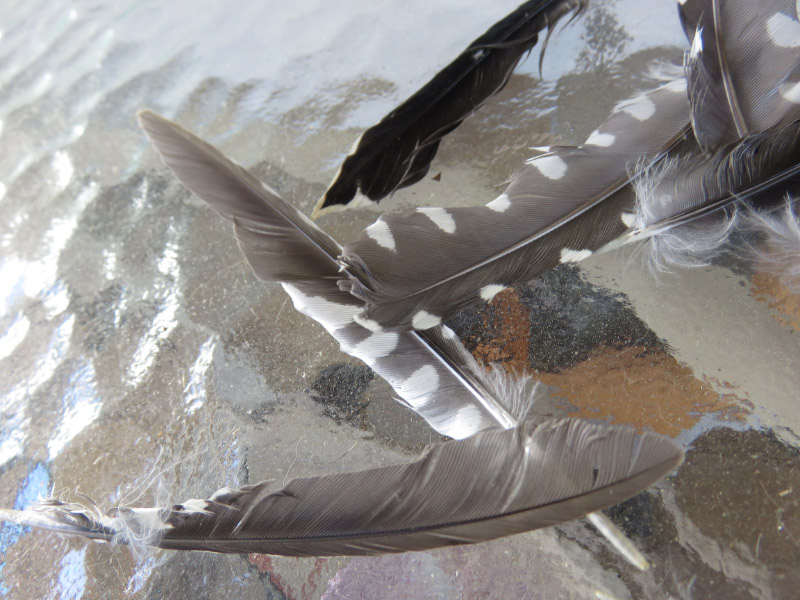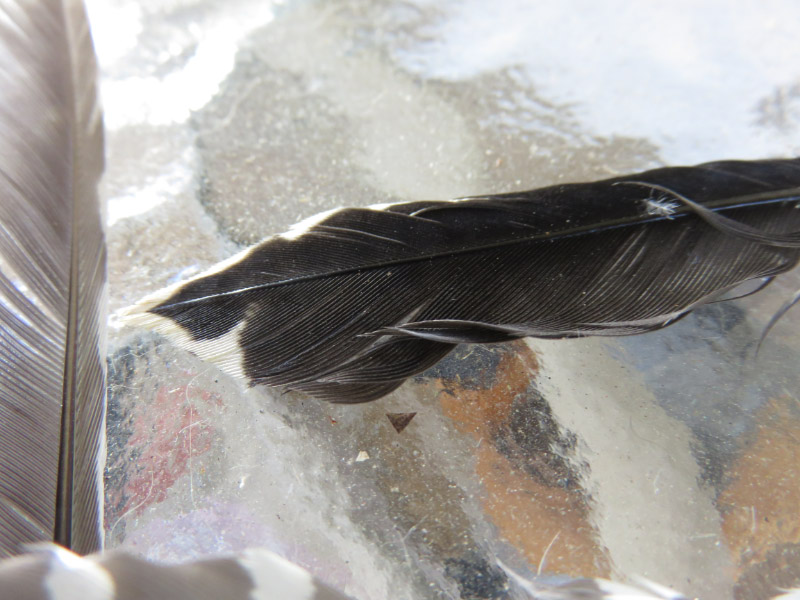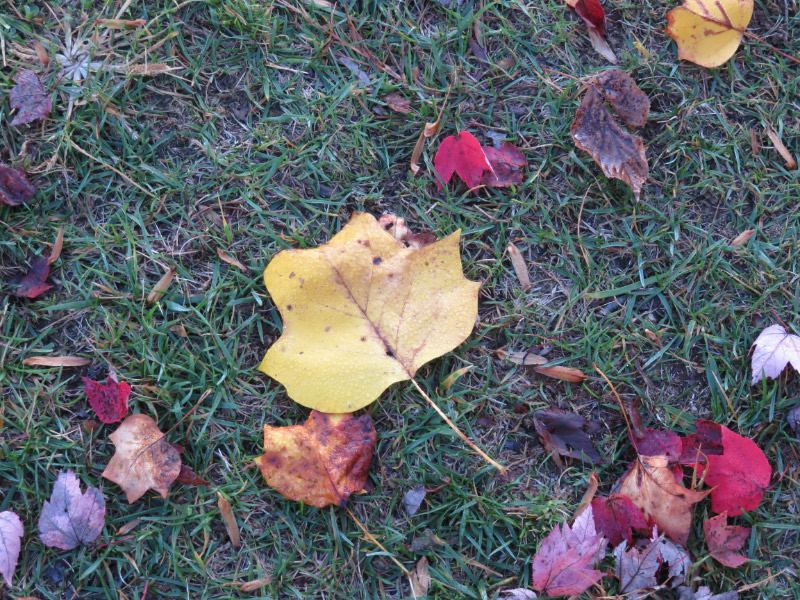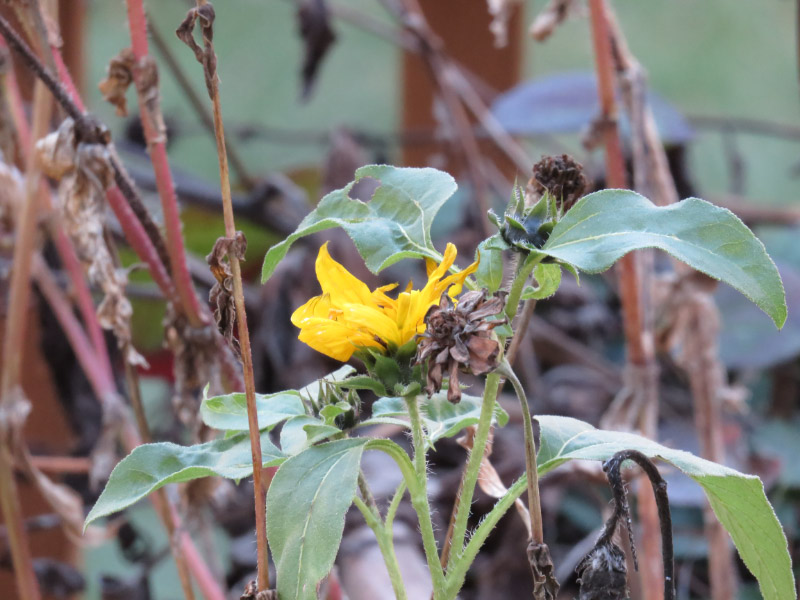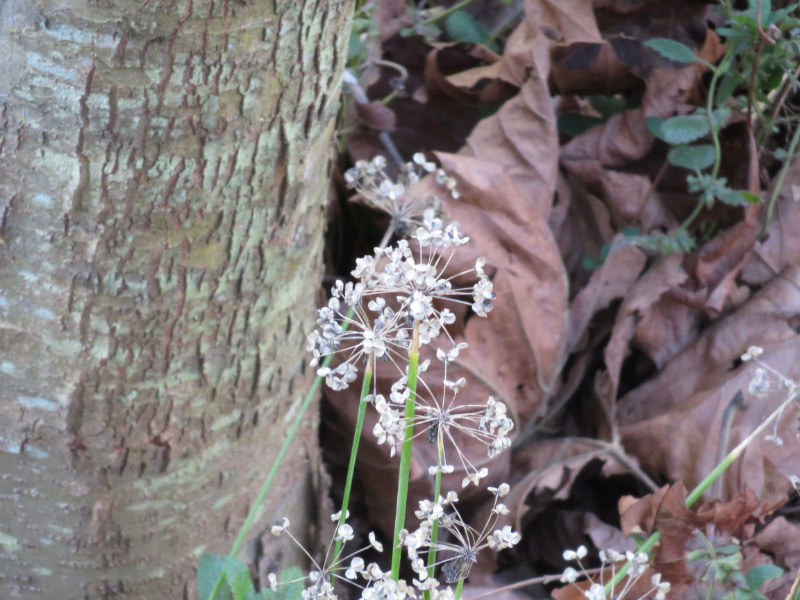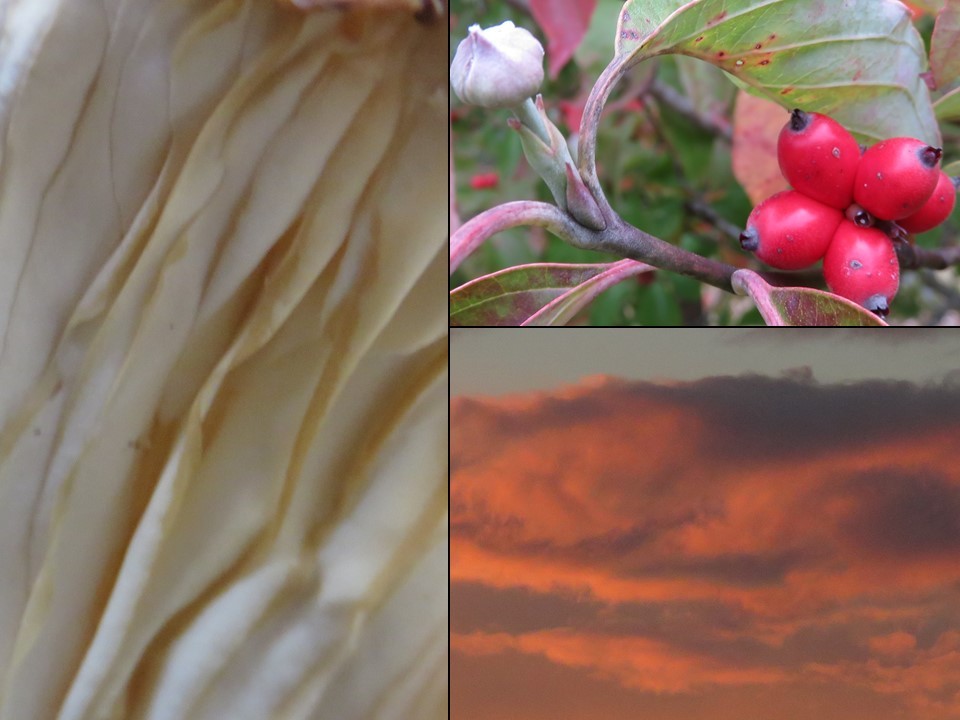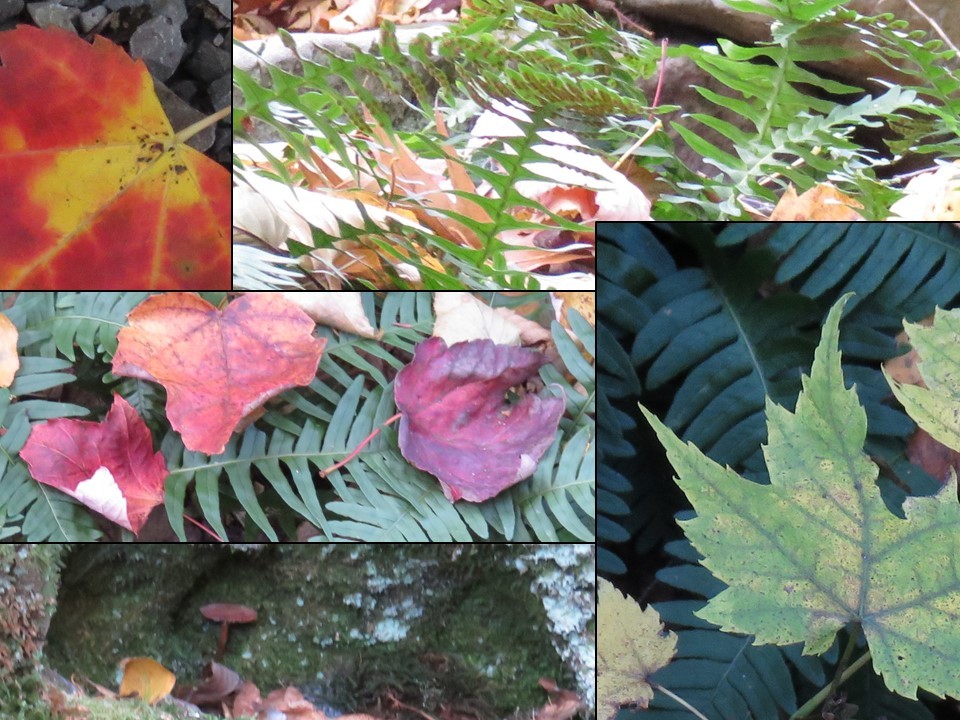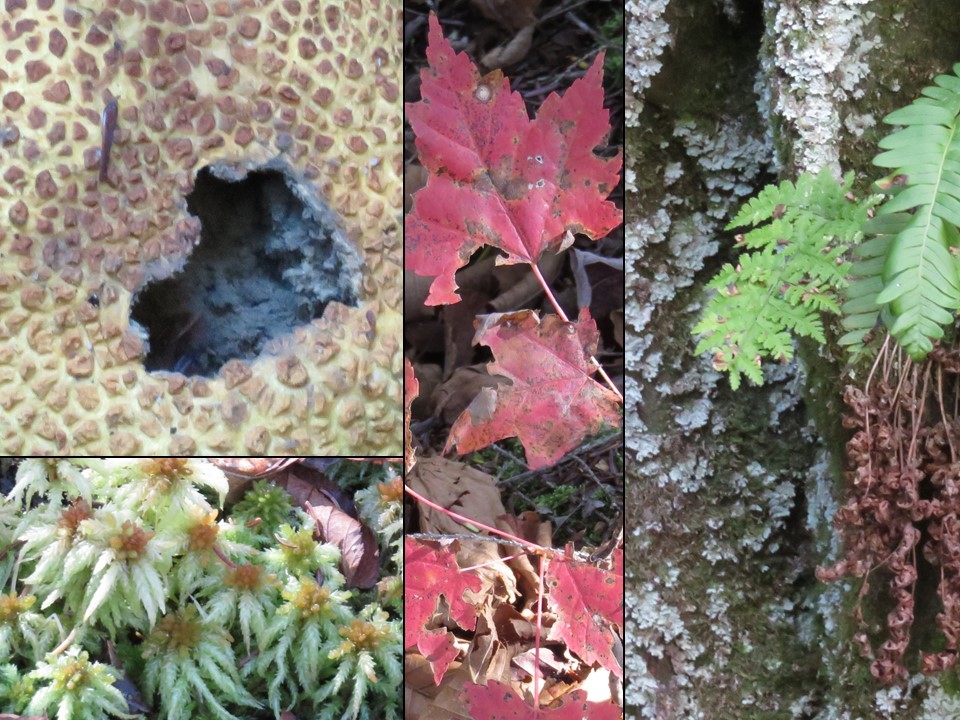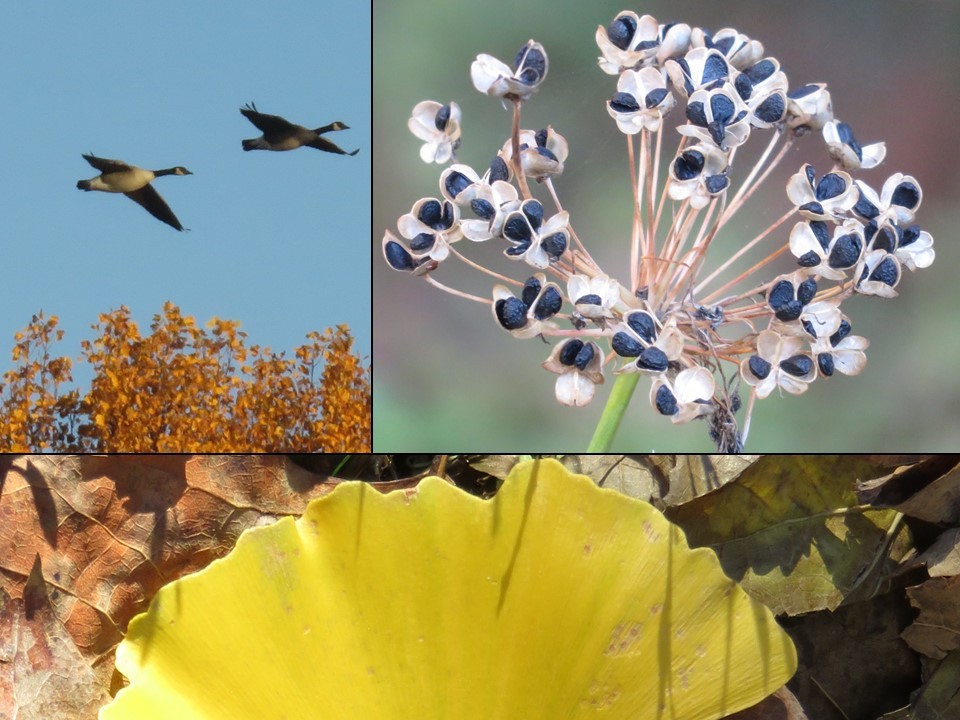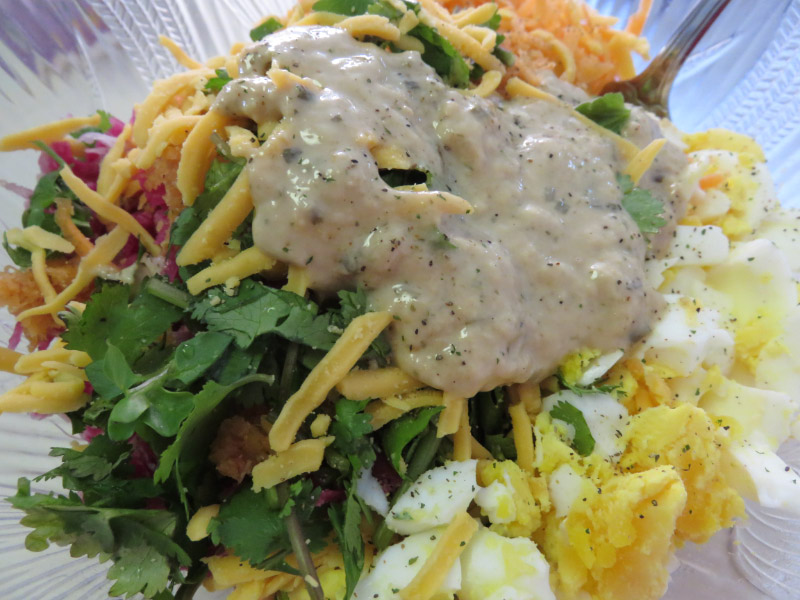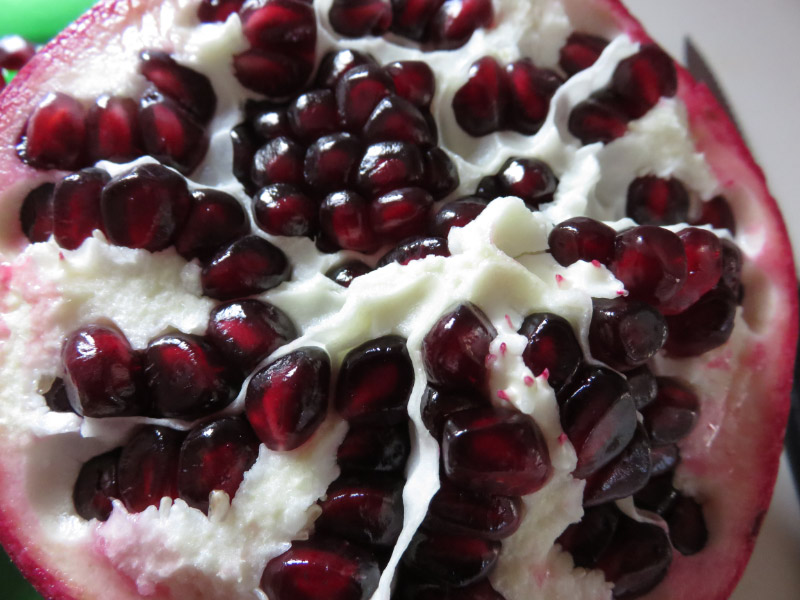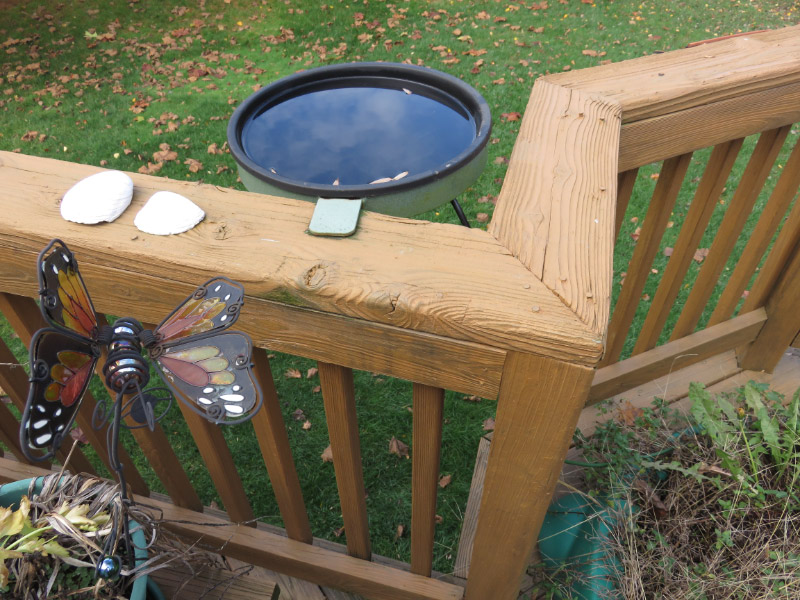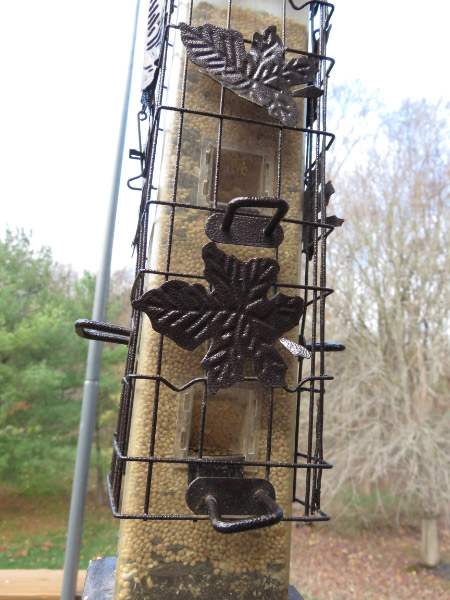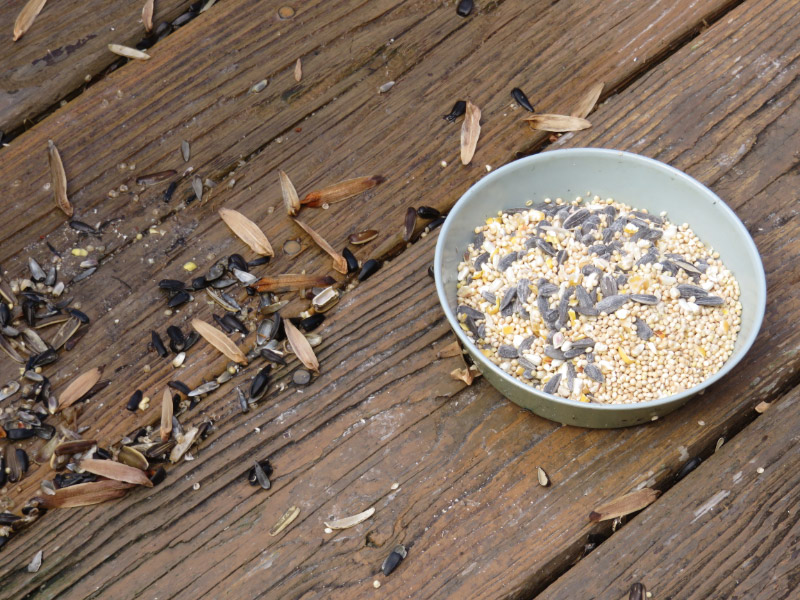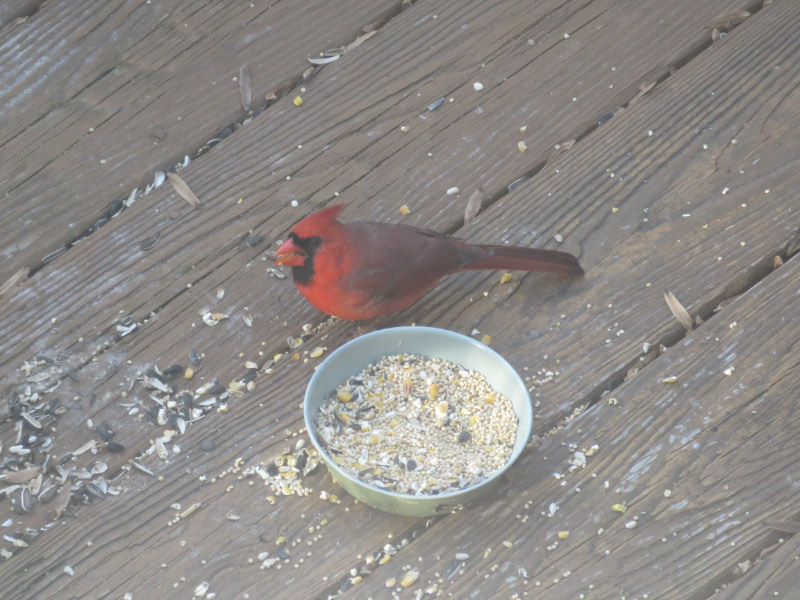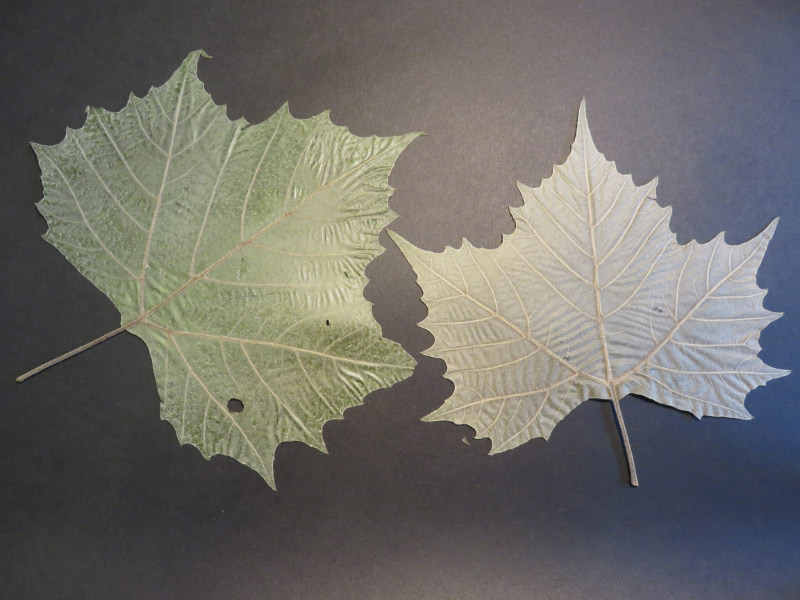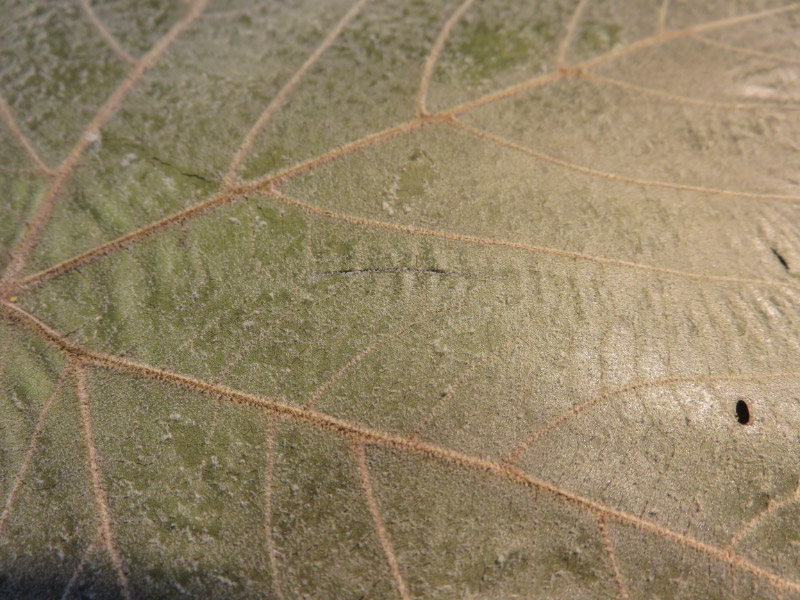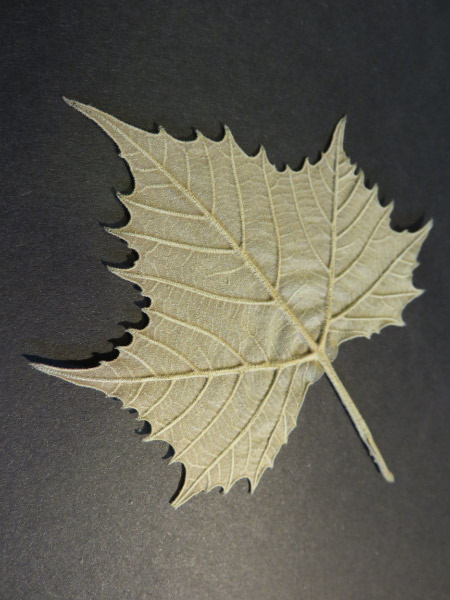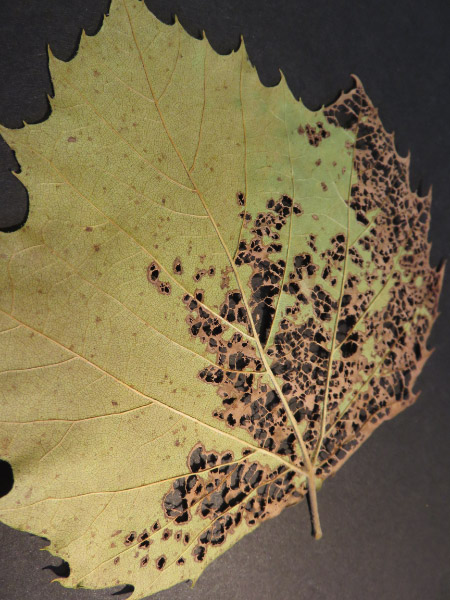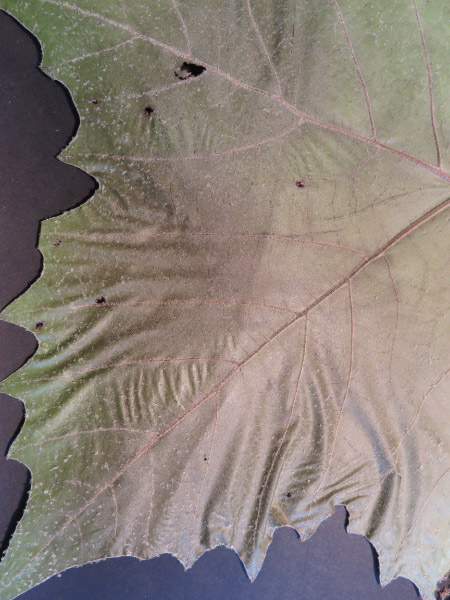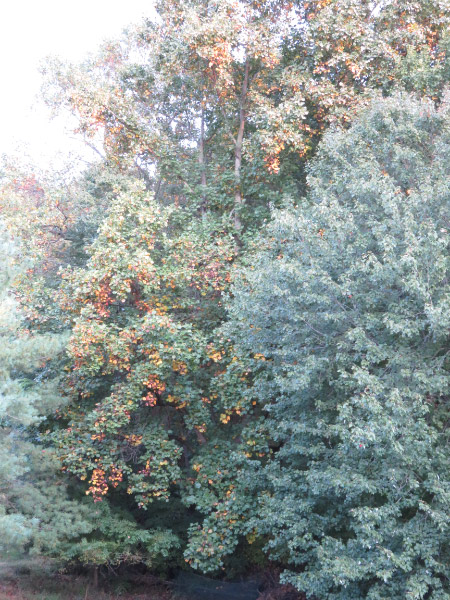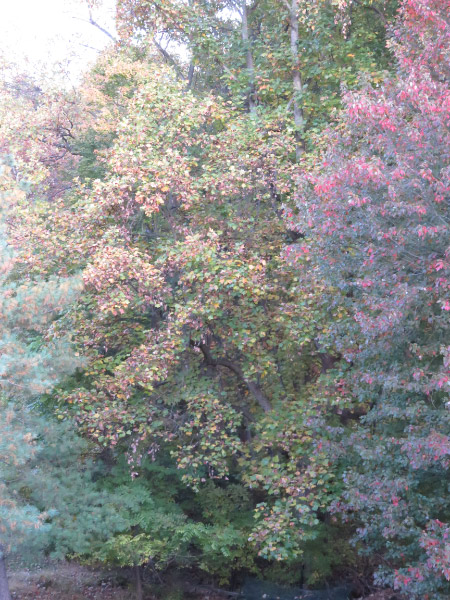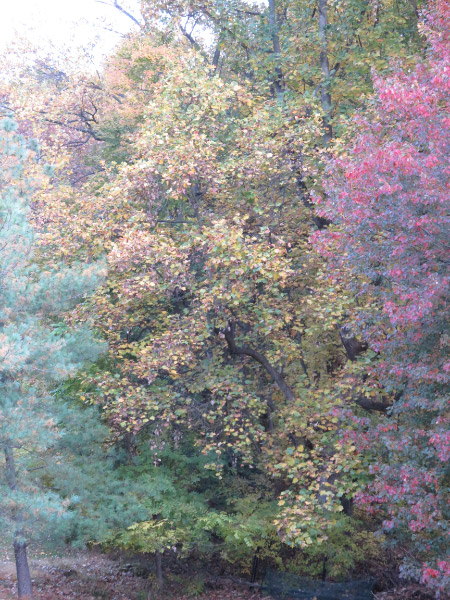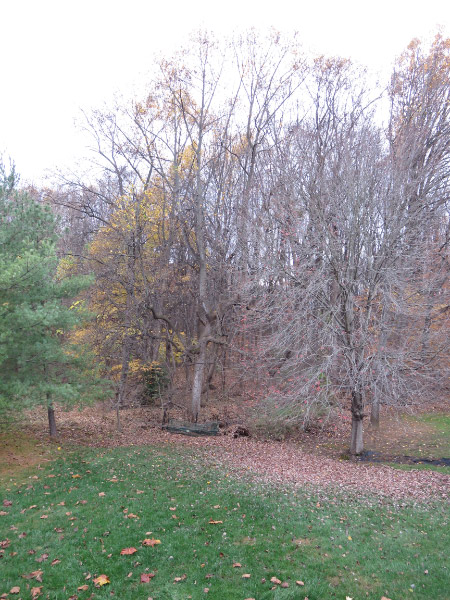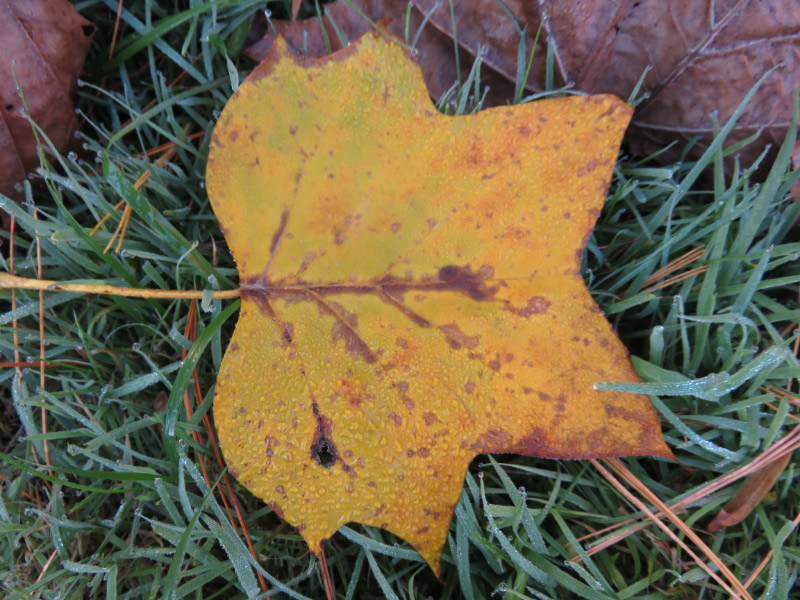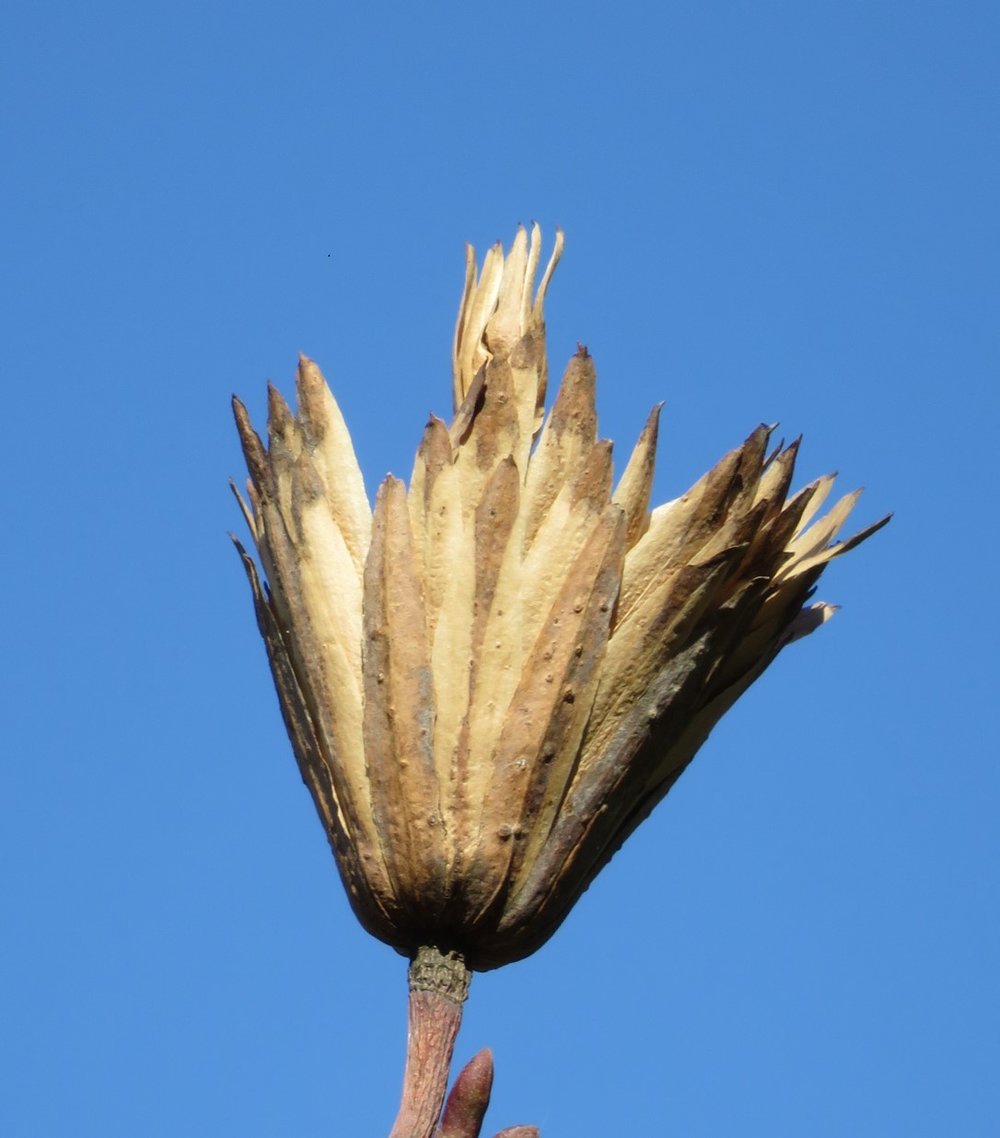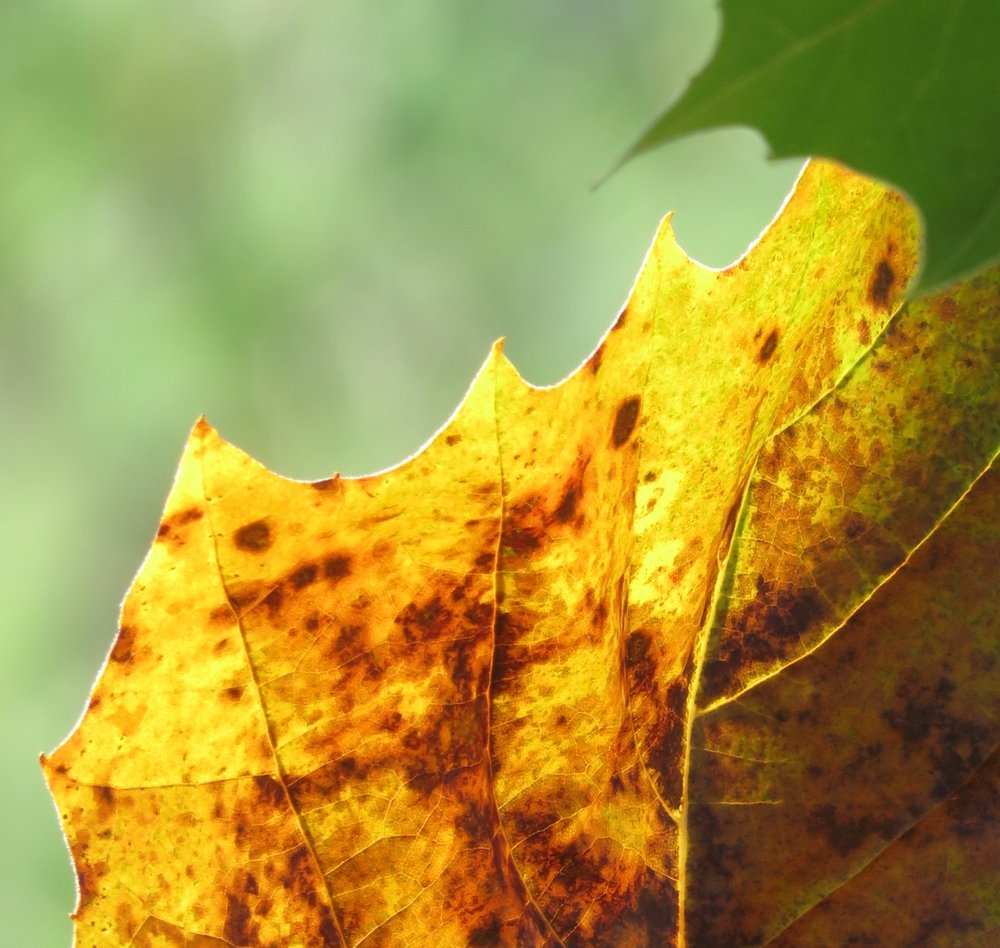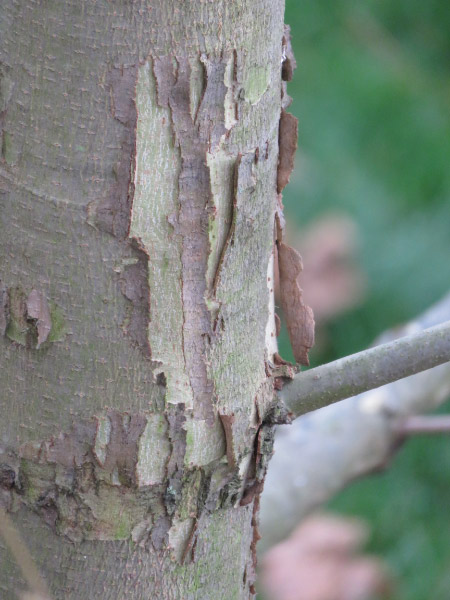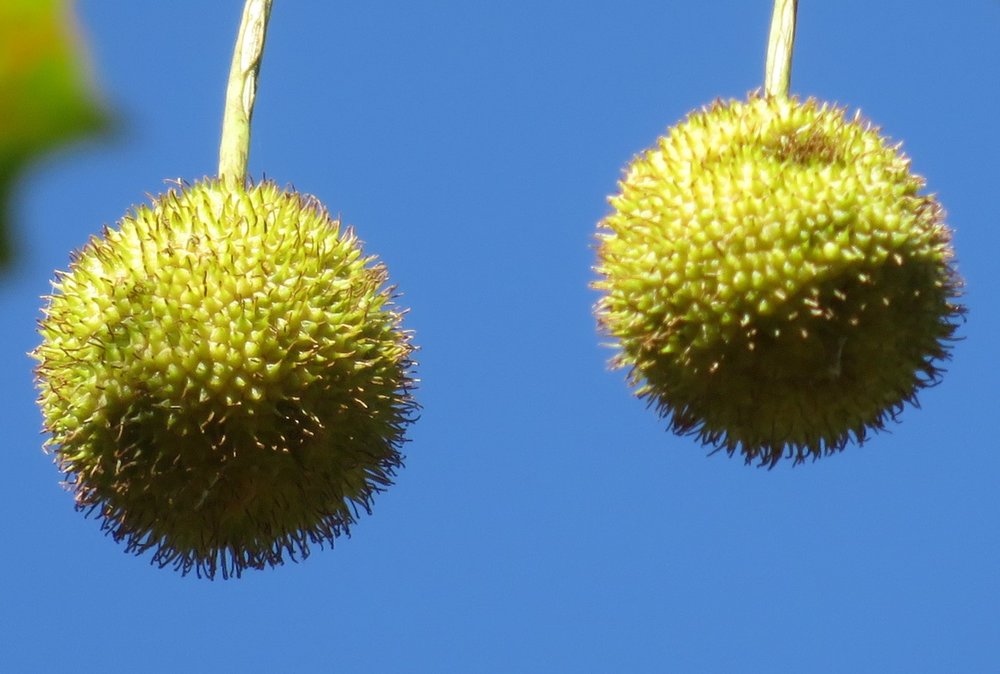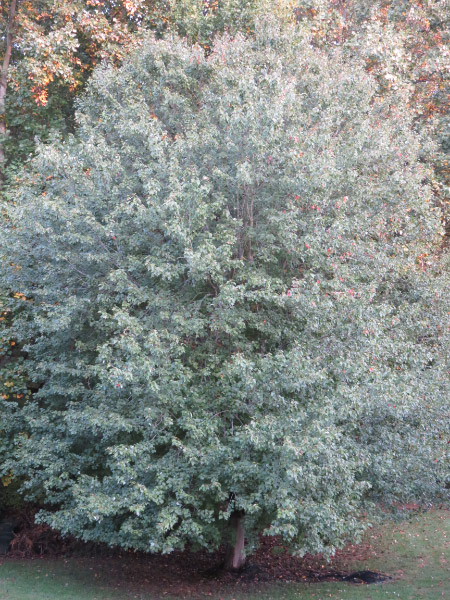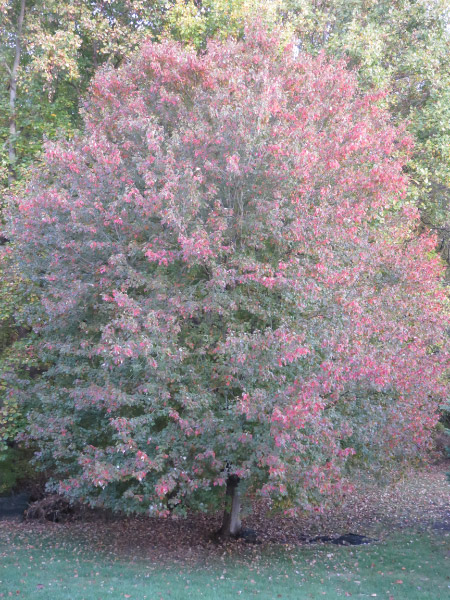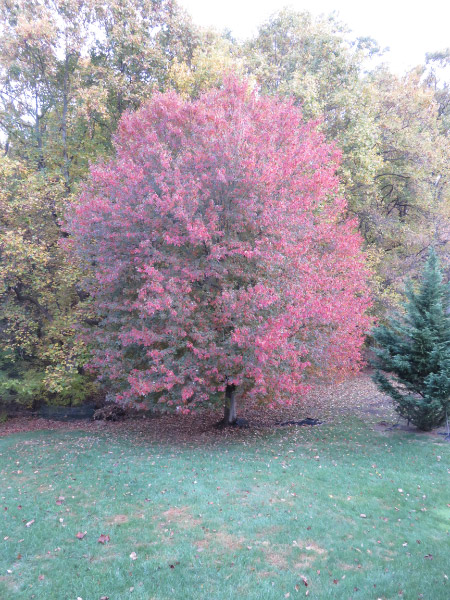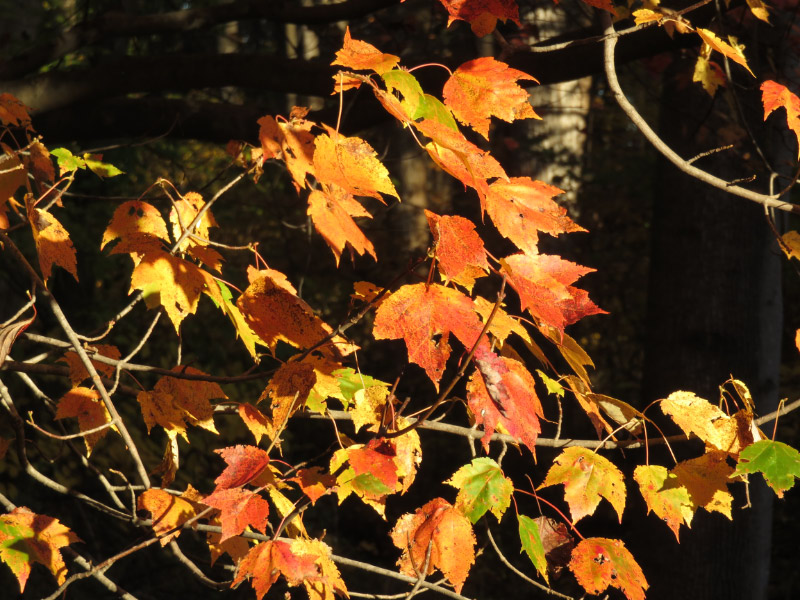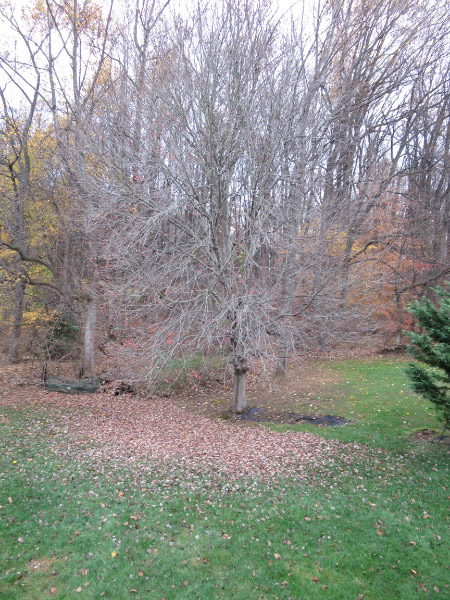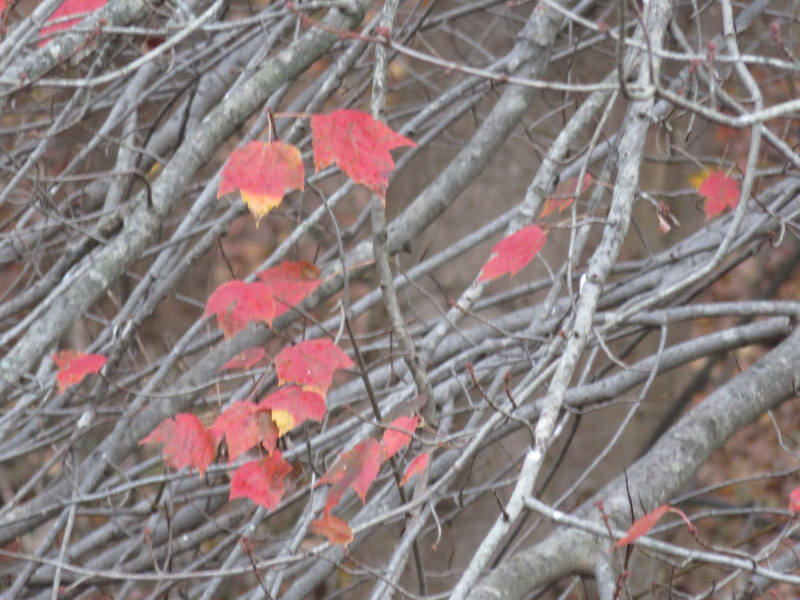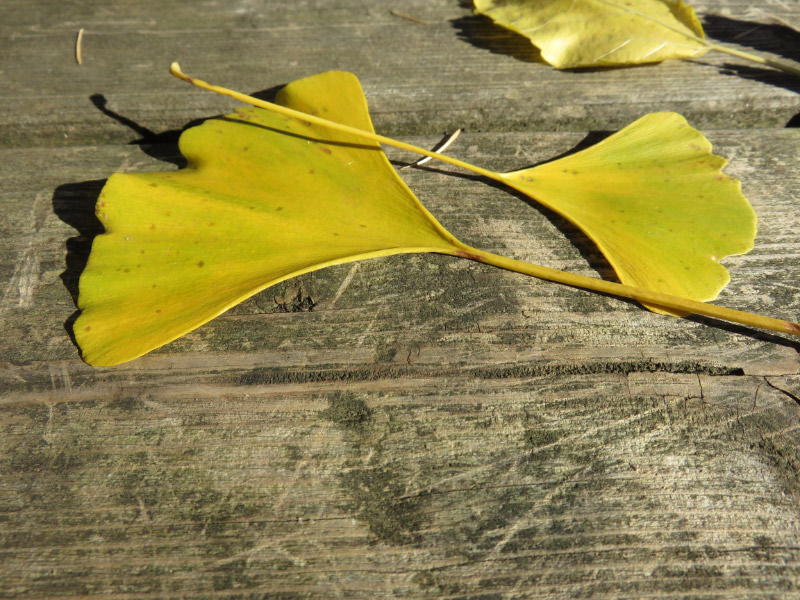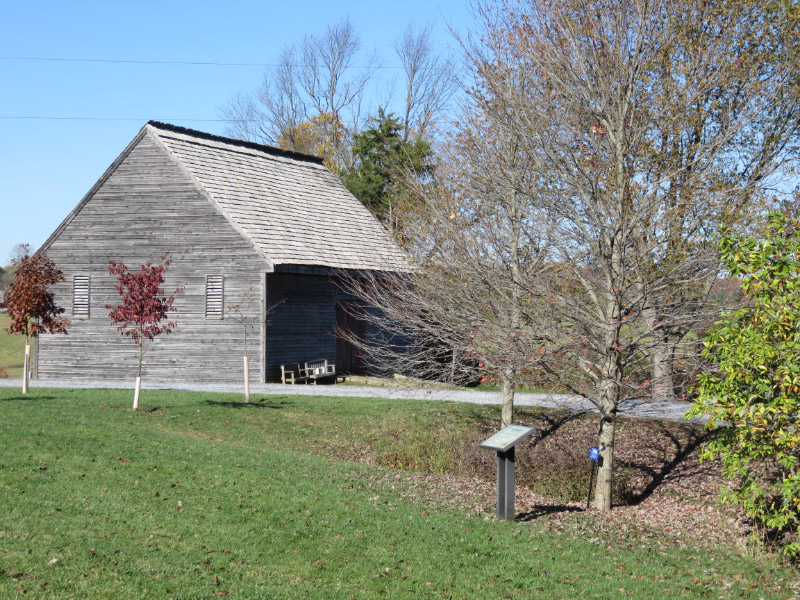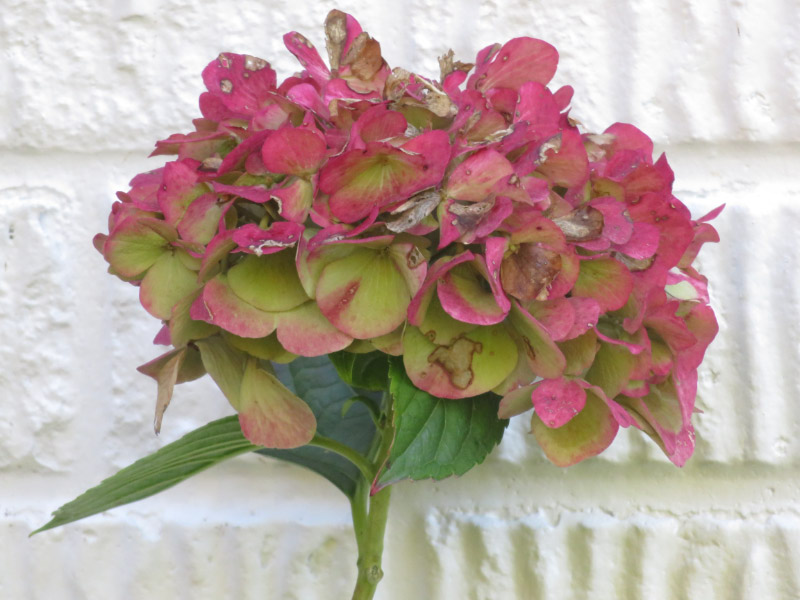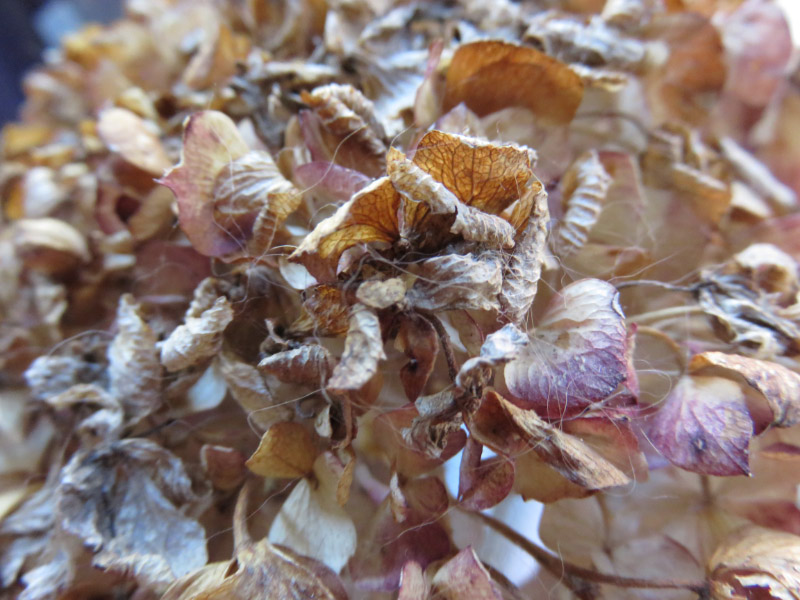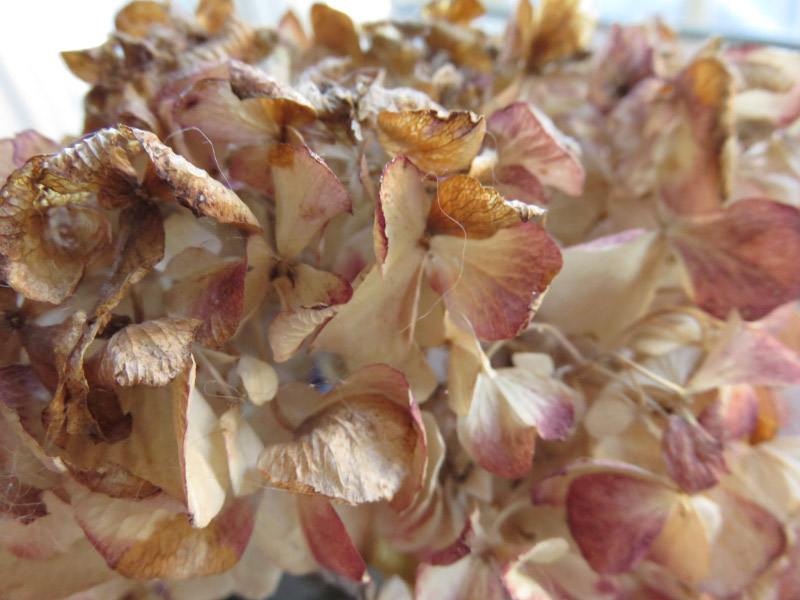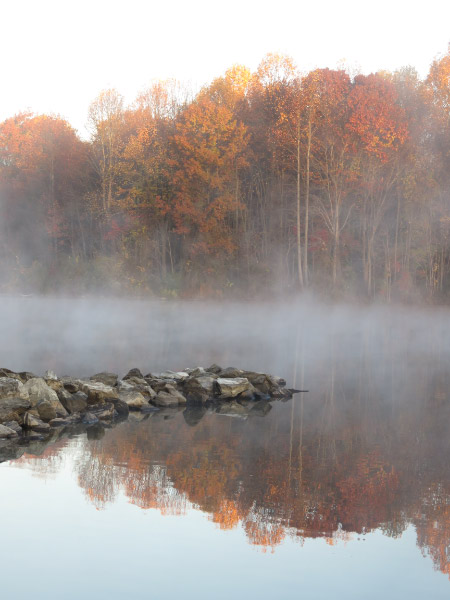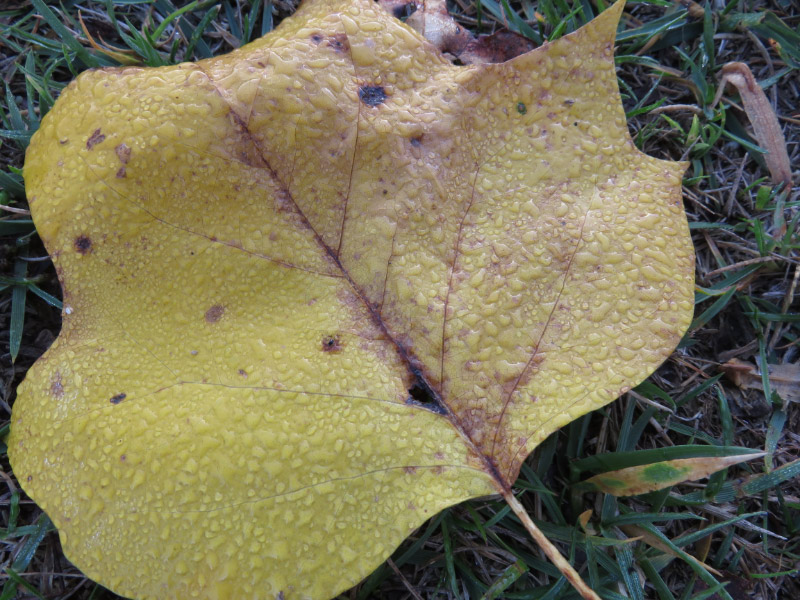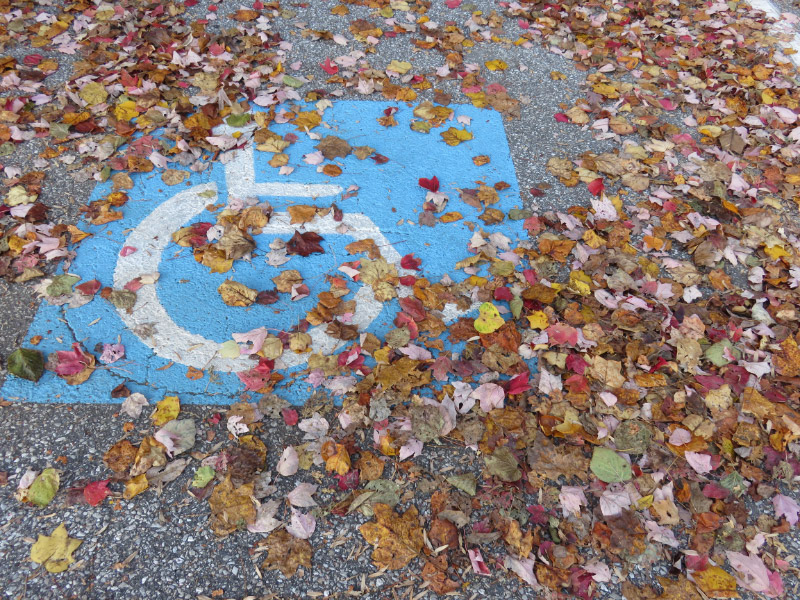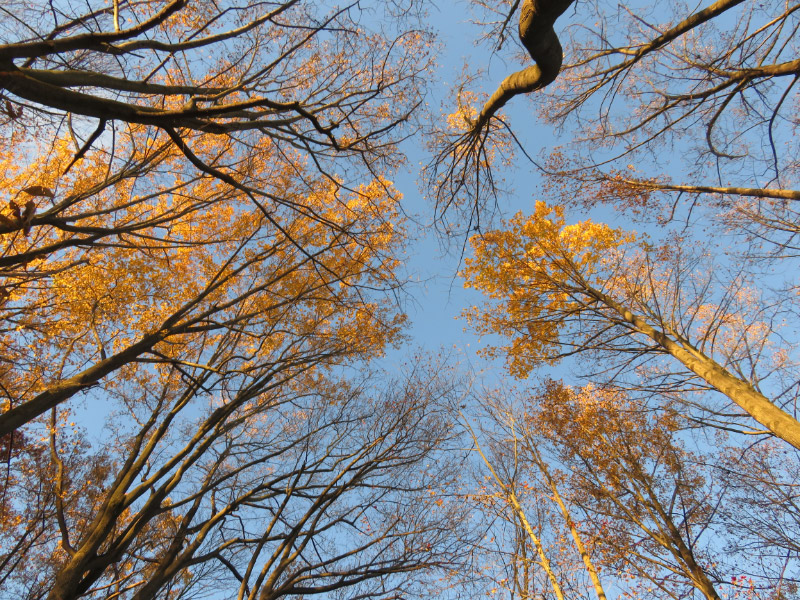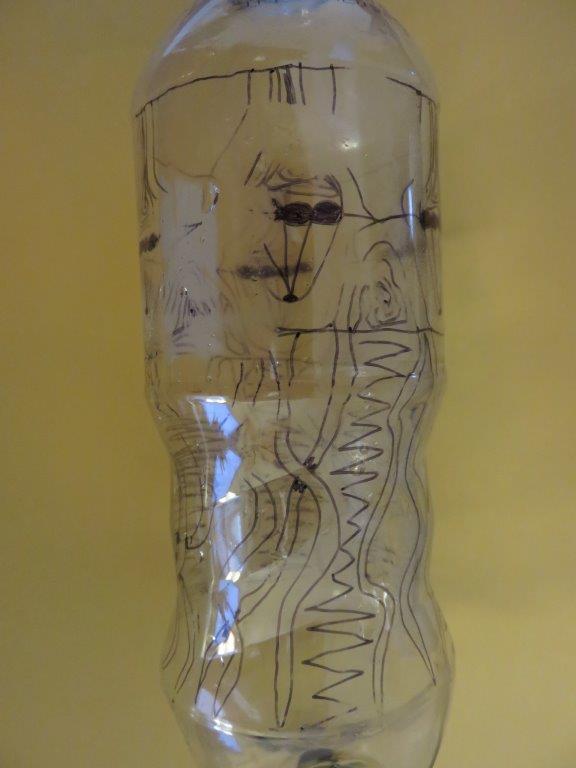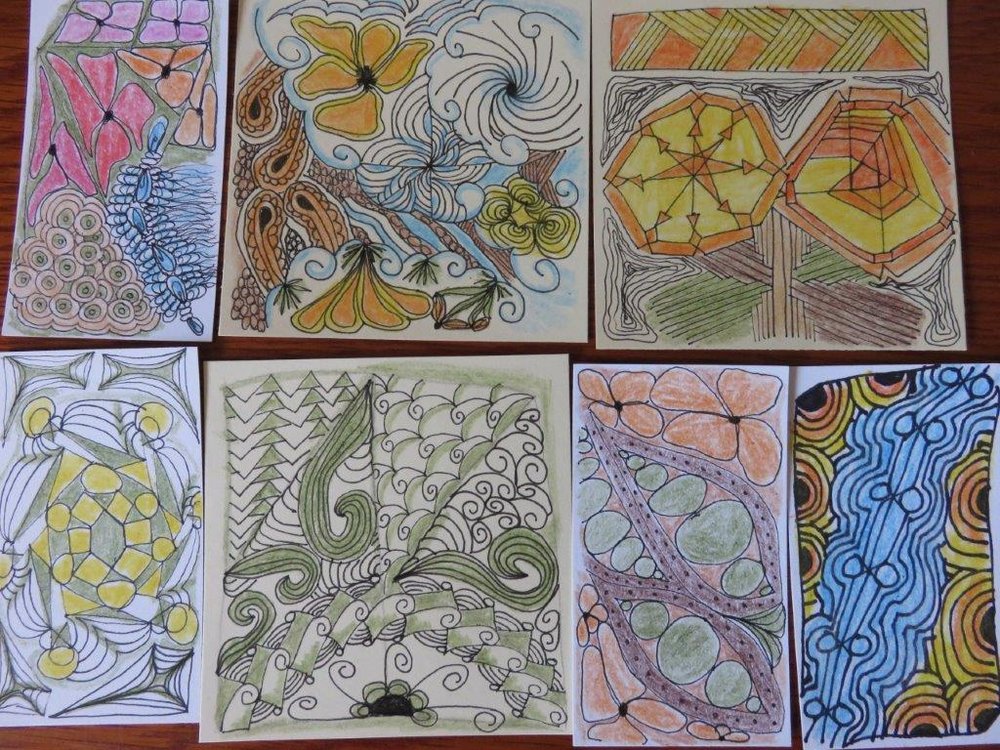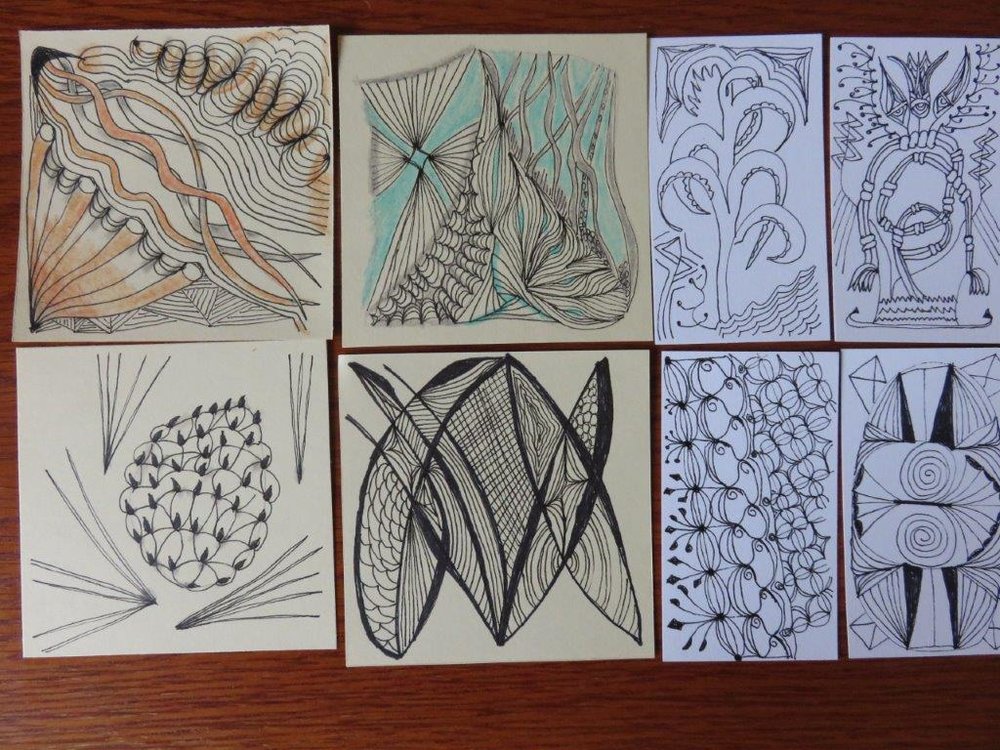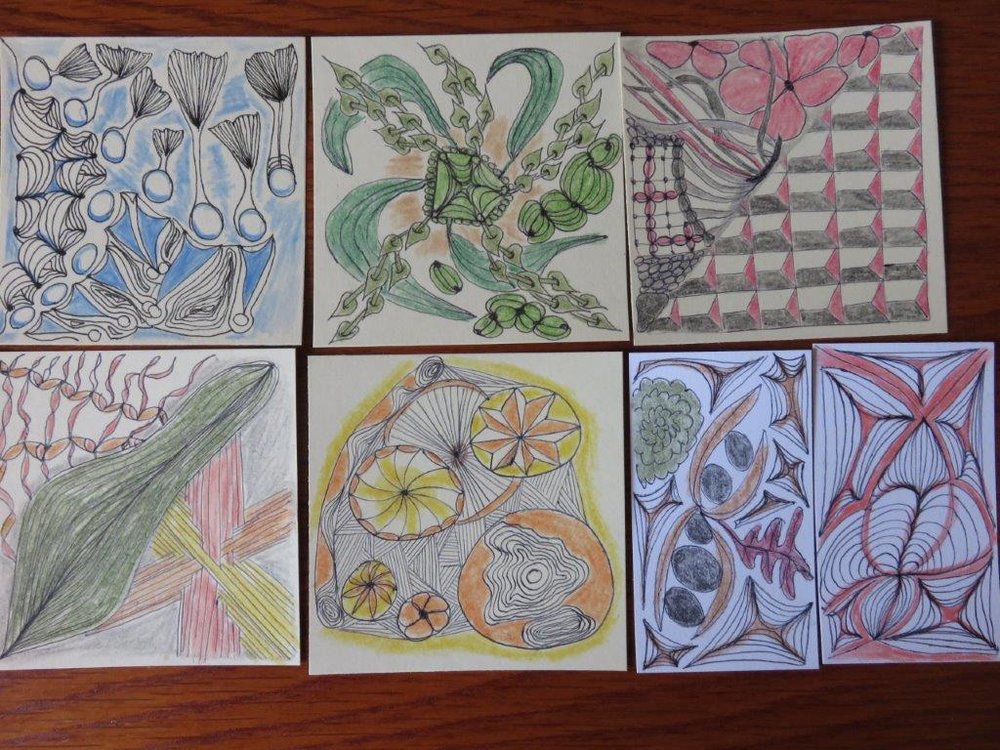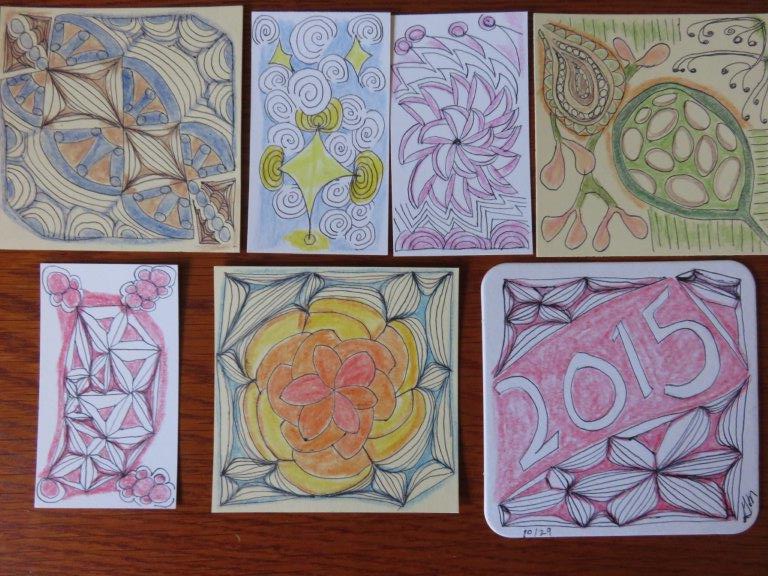Gleanings of the Week Ending November 21, 2015
/The items below were ‘the cream’ of the articles and websites I found this past week. Click on the light green text to look at the article.
Poland's Mysterious "Crooked Forest" Populated with 400 Bent Pine Trees – Trees are remarkably resilient. Whatever caused these trees to be bent near the base…and then continue growing upright…they are survivors!
Why do we still not know what’s inside the pyramids? – I usually notice stories about Ancient Egypt that come in on my newsfeeds but my awareness is even higher right now because of the Ancient Egypt course I am taking on Coursera.
6 Homemade Vegan Sauces and Condiments that are better than Store-bought – I’m trying the recipe for peanut sauce after I finish the store bought bottle I have in my refrigerator!
The digital revolution in higher education has already happened. No one noticed. – Another dimension of higher education not mentioned in this thoughtful piece is the continuing education that many post-career individuals seek. I recently looked at face to face classes offered in my area of Maryland and decided that the selection available from Coursera and other online providers was much greater (and the price was right too). Another case where the digital revolution in higher education has already happened.
Photography in the National Parks: Your Armchair Guide to Big Bend National Park – Part 2 - A continuation of an article I included in my October 31 gleanings….good info for planning a trip there.
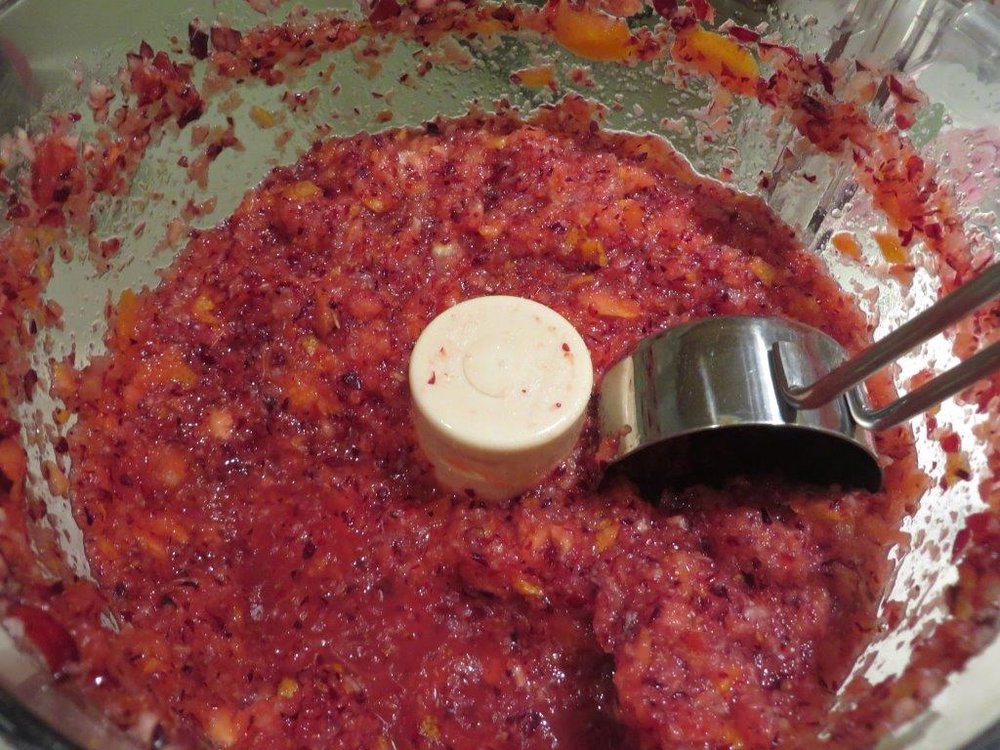 Tangy and Tasty Fresh Cranberry Recipes – My ‘new’ recipe to try for Thanksgiving is the Cranberry-Carrot cake. I am not going to put icing on it….eat it more like muffins for Thanksgiving Day brunch. Don't forget Cranberry Orange Relish either! Wegmans recipe is here.
Tangy and Tasty Fresh Cranberry Recipes – My ‘new’ recipe to try for Thanksgiving is the Cranberry-Carrot cake. I am not going to put icing on it….eat it more like muffins for Thanksgiving Day brunch. Don't forget Cranberry Orange Relish either! Wegmans recipe is here.
Move Over, Turkey: Meet the World’s Other Bald, Be-wattled Birds – Thinking of turkey this week….here are some other birds that have similar heads. They all look odd to me!
Field Drain Tile and the “Re-Eutrophication” of Lake Erie – Why the algal blooms have worsened in recent years after improving for the prior 15 years.
Elegant Greenhouse Photos Mimic the Ethereality of Oil Paintings – Hmm…the textured glass reminded me of a shower door. This might turn into a winter photography experiment!
Incan Mummy Genome Sequenced – The mitochondrial DNA analysis was the first completed and placed the boy in a very small subgroup – only 4 other known individuals. Other genetic analyses of the 500 year old mummy of a 7-year-old boy are ongoing.

